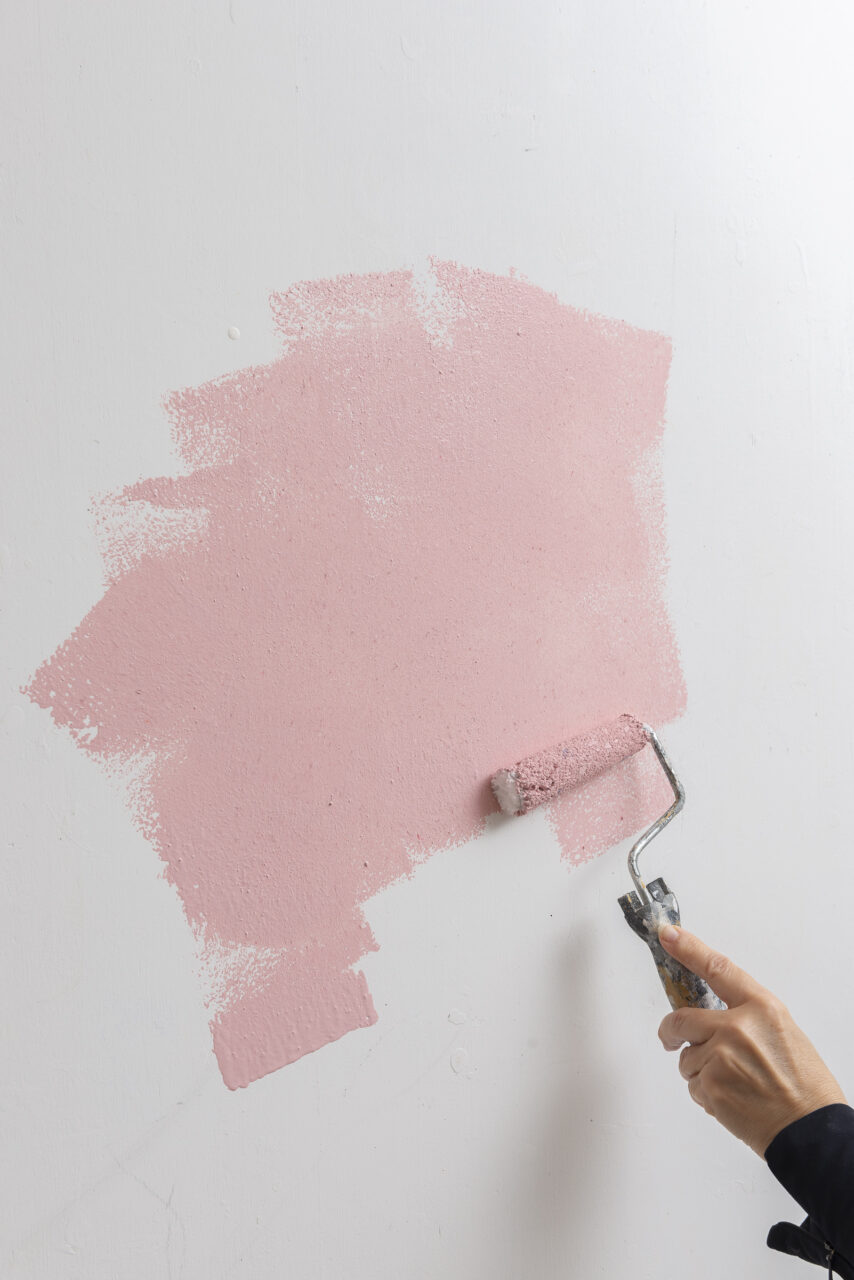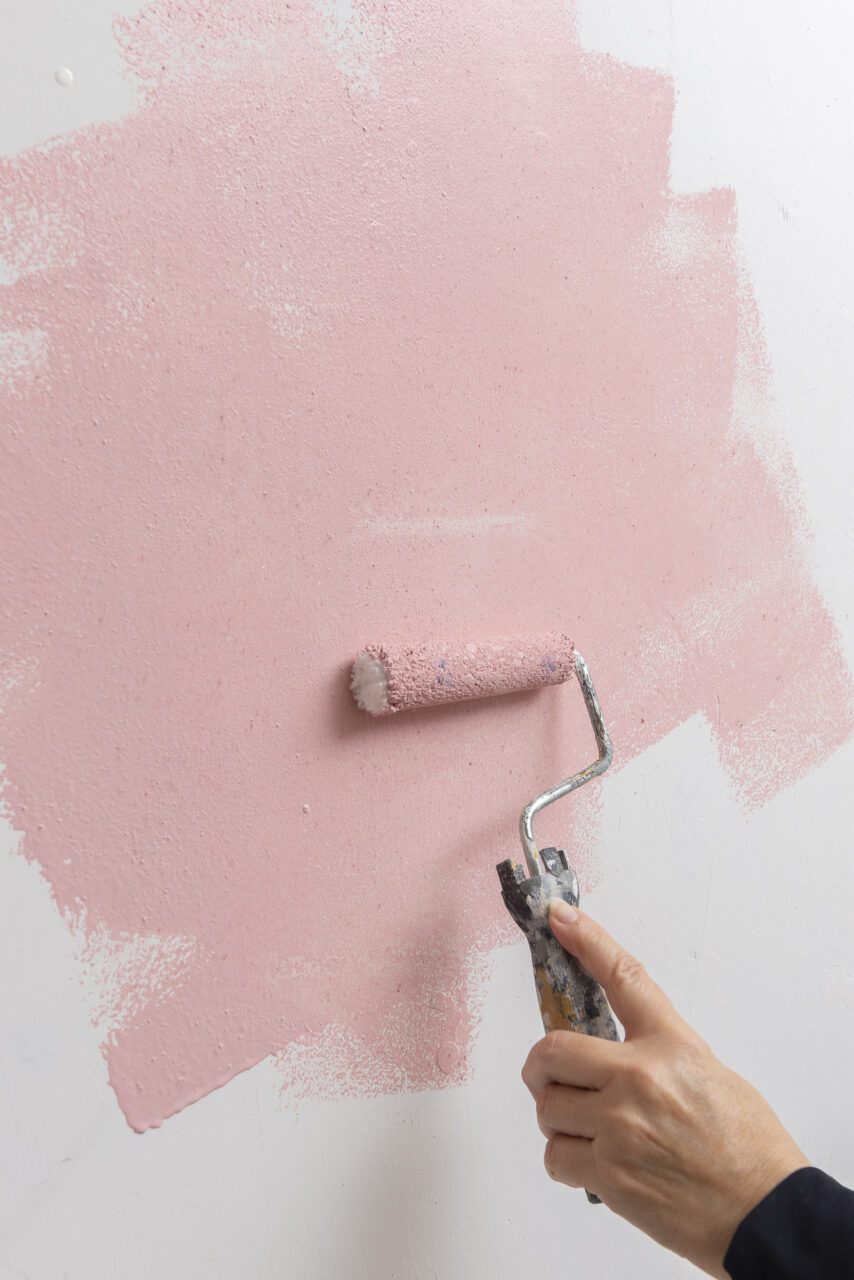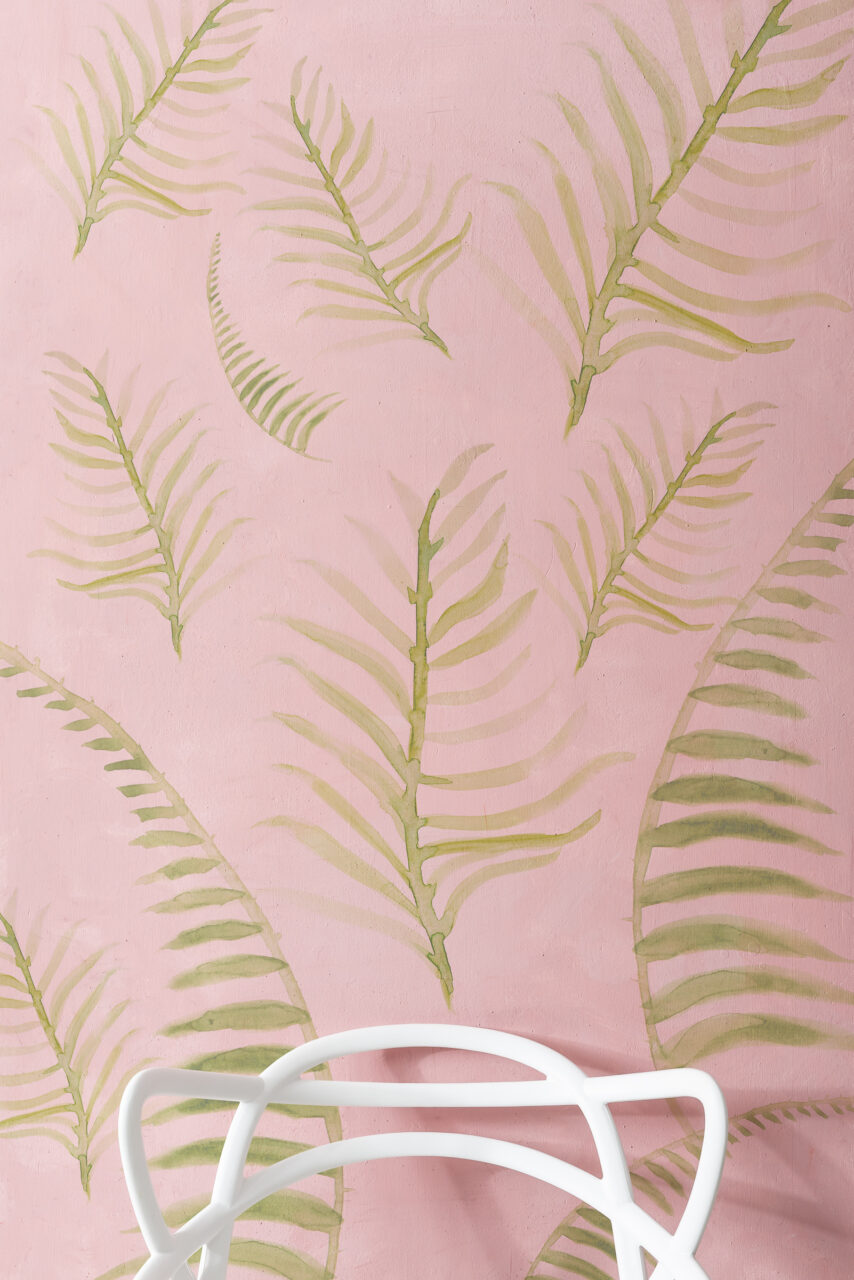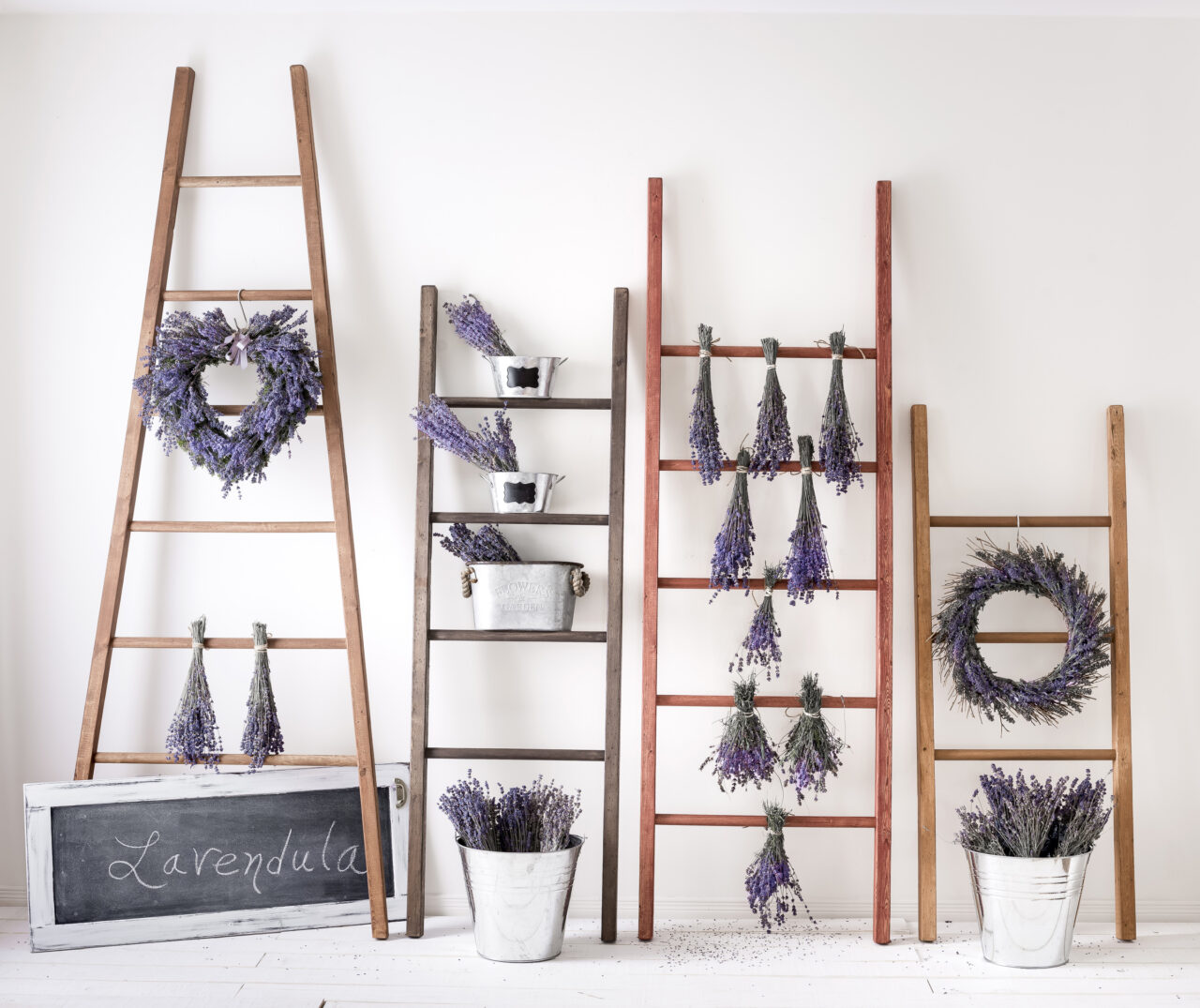On walls, Milk Paint can accomplish a variety of trendy textures, classic, modern and old world finishes. Milk Painting Walls can give you a beautiful old world effect, without dealing with any of the negative harmful chemicals that are in modern day conventional paints.

It’s important to understand your surface, and if your walls are appropriate for Milk Paint.
What is currently on the walls?

Are they coated in something glossy? Is there paint peeling or chipping away? You will want to make sure that you have a sound surface, meaning that it is in good condition to paint. You will want to remove any peeling, flaking paint and do any patches that are necessary prior to painting with Milk Paint. If you have a high gloss surface you will want to de-gloss it, with either a light sanding, or wash with TSP if in any greasy areas like a kitchen. Always test the milk paint on your surface to see if it will adhere as is, otherwise you may need to add bonding agent to guarantee its adhesion on difficult surfaces.
What is the best surface?

For Milk Paint a porous surface is best, so bare wood walls, plaster walls that have not been painted previously are the best for absorbing the milk paint, although with the proper prep and use of the bonding agent you can use milk paint on a variety of surfaces.
What will the finish be like?

Because milk paint is natural, and doesn’t contain any resins at all, ( if bonding agent hasn't been added ) any imperfections or differences below your milk paint may show up. For example, if you patched up the wall and didn’t use a primer to seal it up, then you may notice that variation in the surface once you milk paint it. For some this is not a concern next to the health benefits of using a natural product, for others who want a 100% flawless finish it may not be the paint for you. Try our Homestead House washable wall paint instead.
Drywall Application

When applying Milk Paint directly to the surface of unpainted unprimed drywall, you will often see a difference where the drywall has a mud coat. For an even application, it is best to apply your first coat using Milk Paint bonding agent to avoid this. If this isn't an issue for you, you can skip this step.
Is it easy to apply?

Yes it is relatively easy to apply with either a brush or a roller, the most important part is the preparation and once you have a good condition surface, then the mixing of the milk paint powder to create your paint is very important to achieve your desired look. The basics are, mix the paint in a blender 1 part powder to 1 part water and adjust from there. If you want a wash affect, just mix the paint with more water, if you want an opaque effect, mix it with more paint powder. There should be no clumps, lumps, streaks of pigment etc. If so, then you need to revisit how you’re mixing the paint.
Watch this video on how to mix Milk Paint
Will the colour be consistent?

It’s very important to understand that different batches may result in different colours, as with any paint, so it is important to purchase enough paint to complete your project and have a little more than you need just in case! When painting a wall, always have enough paint pre-mixed to complete at least one full wall, otherwise if you don’t mix it the same the next time you may see a slight colour variation. From wall to wall with different angles this isn’t so much a concern.
Do I need to seal it with something?

Applying a top coat of hemp oil will saturate your Milk Paint colour to its true vibrancy and provide a surface that can be washed gently. A simple thin coat can be applied with a roller or rag. Make sure to wipe away the excess. You’re Finished! That is completely up to you. If you leave it unsealed, then the true colour of the milk paint will not pop and come to life, there is a potential for water marks, should your walls come into contact with water. Ceilings, or low traffic walls can easily be left unsealed as long as you like the colour as is. You may seal it with a Natural Oil if applied to wood, or if applied to plaster or gypsum ( drywall ) using a Wax is a gorgeous and easy to apply finish.
What if my paint finish crackled?

Sometimes if milk paint is applied too thickly, or there was something on the surface resisting the paint, it may crackle here and there. This can be a very interesting and fun look for the old world affect. You may gently sand and re paint this area if it is a cause for concern.
Always test your methods and process prior to tacking a large project. Milk Painting your walls can be done with great success if you take the time to understand how to mix the paint. Milk Paint on walls will create a beautiful natural looking paint finish.
Milk Paint Feature Wall
Milk Paint gives the most unique high-end finishes, easy as can be! Authentic vintage-looking or plaster-looking walls! We took a modern twist to this wall by using Milk Paint by Fusions Palm Springs Pink! Think New Mexico meets Palm Springs.

Whether it’s a movable accent wall or a full interior room the steps are the same. Remember Rule #1 of Milk Paint? Have fun!

How to Paint Milk Paint on Walls
- Ensure your walls are clean of dirt and grease.
- Mix your milk paint thicker than usual. Try a 2 part powder to 1 part water ratio. If you want a smooth wall finish, mix thoroughly. If you want more of a textured finish, we recommend mixing it a little thicker and chunky, and don’t smooth it out so much. We mixed roughly 1 part water to two parts Palm Springs Pink Fusion Milk Paint Powder.
- Apply with a roller or a brush. A roller for larger surfaces will make the job go faster. If you want a patterned texture, we recommend trying different application tools. We then rolled the paint on the accent wall in all different directions with a microfibre roller. We wanted more of a textured wall.
- You do not need to apply a top coat to walls. just keep in mind, if you don’t, the colour will not fully richen up. It will stay softer, chalkier looking, and lighter in tone typically. If you wanted to use a top coat, Beeswax Finish would be a good alternative.
Milk paint can be applied to any type of wall surface, including wood, brick, drywall, plaster, and more! Dive in and have some fun.


See More Milk Paint Projects.

See how this cute side table has a milk paint, makeover in one hour! This project is so easy to complete, and the results look amazing!
Milk Paint Stains are the most eco way to stain your wood! Natural ingredients mean you can use them indoors. Seal with Hemp Oil or Wax for a beautiful finish.

